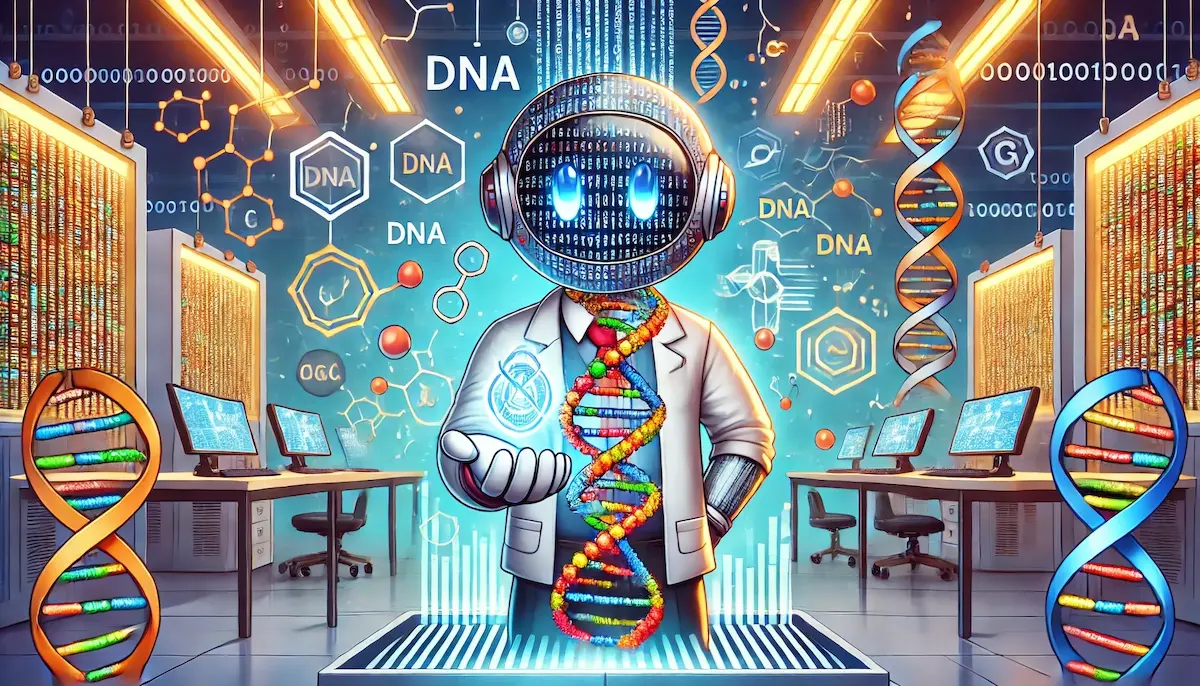Genetic algorithms (GAs) are a class of optimization algorithms inspired by the principles of natural selection and genetics. These algorithms are used to find approximate solutions to complex problems by mimicking the process of evolution. Introduced by John Holland in the 1970s, genetic algorithms have since been applied to a wide range of fields, from engineering and computer science to economics and biology.
How Genetic Algorithms Work
Genetic algorithms operate through a cycle of selection, crossover, and mutation to evolve solutions over successive generations. Here’s a step-by-step breakdown of the process:
Initialization
A population of potential solutions, known as individuals or chromosomes, is randomly generated. Each individual is represented by a string of genes, which can be binary digits, real numbers, or other encodings depending on the problem.
Evaluation
Each individual in the population is evaluated using a fitness function, which measures how well it solves the problem at hand. The fitness function assigns a score to each individual, reflecting its suitability.
Selection
Individuals are selected for reproduction based on their fitness scores. Higher fitness individuals have a greater chance of being chosen. Common selection methods include roulette wheel selection, tournament selection, and rank-based selection.
Crossover (Recombination)
Selected individuals are paired to produce offspring through crossover. During crossover, segments of the parent chromosomes are exchanged to create new chromosomes. This process combines the genetic information from two parents, promoting diversity in the population.
Mutation
Random mutations are applied to the offspring chromosomes to introduce new genetic variations. This helps prevent the algorithm from becoming stuck in local optima and ensures a broader exploration of the solution space.
Replacement
The new generation of individuals replaces the old one, and the process repeats. Over successive generations, the population evolves, and the average fitness of the individuals typically improves.
Termination
The algorithm continues until a stopping criterion is met, which could be a predefined number of generations, a satisfactory fitness level, or a lack of significant improvement over time.
Applications of Genetic Algorithms
Optimization Problems
Genetic algorithms excel at solving optimization problems where the solution space is vast and complex. They have been used in various optimization tasks, including:
- Traveling Salesman Problem: Finding the shortest possible route that visits a set of cities and returns to the origin city.
- Job Scheduling: Allocating jobs to resources in a way that minimizes completion time or maximizes resource utilization.
- Portfolio Optimization: Selecting the best combination of financial assets to maximize return while minimizing risk.
Machine Learning
In machine learning, genetic algorithms can be used for feature selection, hyperparameter tuning, and evolving neural network architectures. They help in finding optimal configurations that improve model performance.
Engineering Design
Genetic algorithms are used in engineering to optimize design parameters, such as the shape of an aircraft wing for minimal drag or the layout of a circuit board for efficient performance.
Bioinformatics
In bioinformatics, genetic algorithms assist in DNA sequence alignment, protein structure prediction, and the design of synthetic biological systems.
Advantages and Challenges
Advantages
- Global Search Capability: Genetic algorithms can explore a large search space and are less likely to get trapped in local optima compared to traditional optimization methods.
- Flexibility: They can be applied to a wide range of problems with different types of solution spaces and fitness functions.
- Adaptability: Genetic algorithms can adapt to changes in the problem environment, making them suitable for dynamic optimization tasks.
Challenges
- Computationally Intensive: The process of evaluating, selecting, and evolving a population can be computationally expensive, especially for large populations or complex fitness functions.
- Parameter Sensitivity: The performance of genetic algorithms depends on the choice of parameters, such as population size, mutation rate, and crossover rate, which may require careful tuning.
- Convergence Issues: There is a risk of premature convergence, where the algorithm settles on a suboptimal solution early in the process.
Conclusion
Genetic algorithms offer a powerful and flexible approach to solving complex optimization problems by leveraging the principles of natural evolution. Their ability to search large and complex solution spaces makes them valuable in various fields, from engineering and machine learning to bioinformatics and finance. As research and computational capabilities advance, genetic algorithms will continue to play a crucial role in tackling some of the most challenging problems.
Blockfine thanks you for reading and hopes you found this article helpful.
